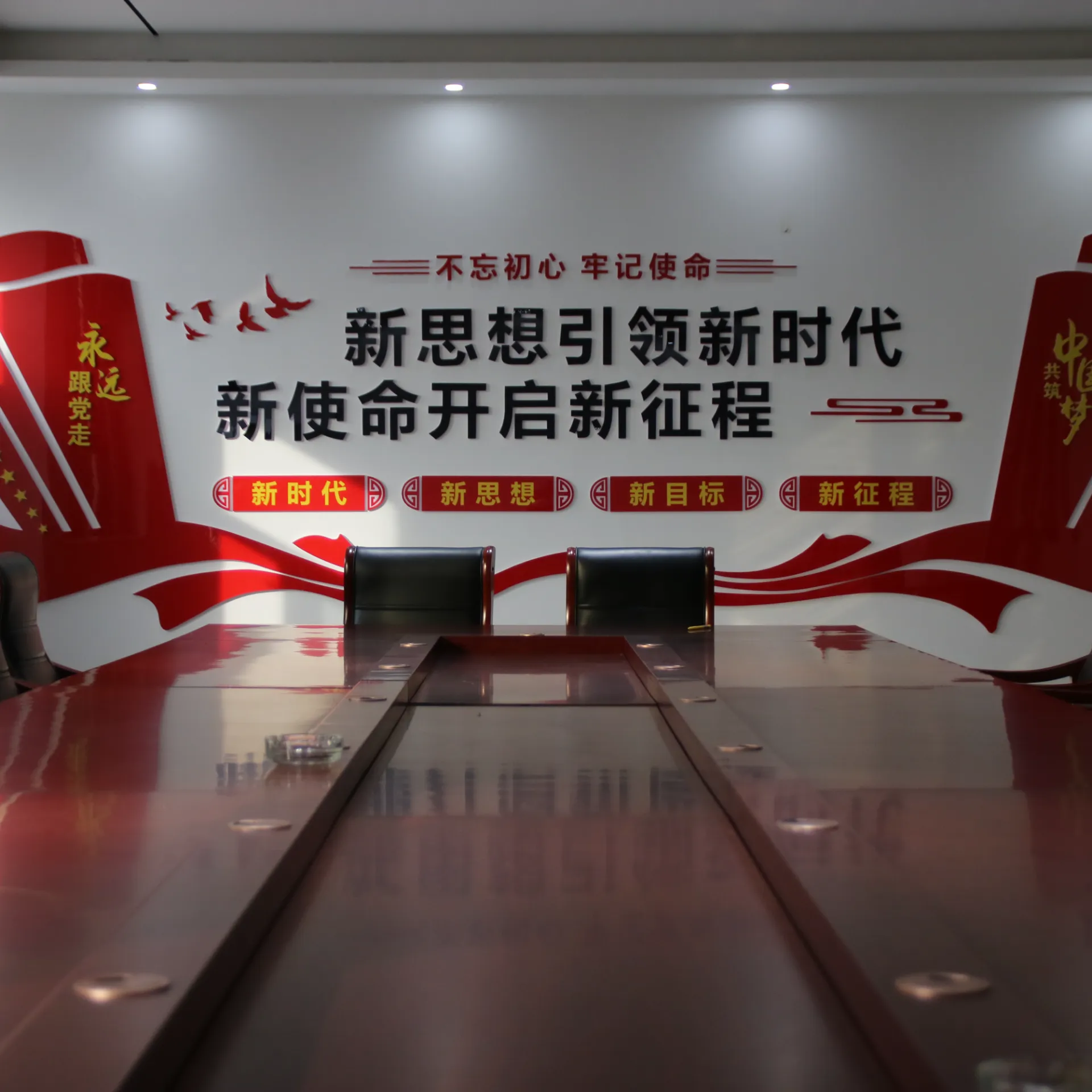
Current Status, Trends, and Opportunities and Challenges in China's Cellulose Foreign Trade Industry
Aktueller Status
China's cellulose foreign trade industry is a significant and dynamic sector, playing a crucial role in the global market. The country is a major producer and exporter of cellulose and its derivatives, including Hydroxypropyl methyl cellulose(HPMC), hydroxyethyl cellulose (HEC), and carboxymethyl cellulose (CMC). These products are widely used in various industries, such as pharmaceuticals, food, construction, and personal care. China's robust manufacturing base, coupled with its extensive raw material resources, has enabled it to become a leading supplier of cellulose products worldwide.

Trends
- Nachhaltigkeit und ÖkoFreundliche Produkte:
There is a growing global demand for sustainable and eco friendly materials. Chinese cellulose producers are increasingly focusing on developing biodegradable and environmentally friendly products to meet this demand. This includes the use of renewable resources and the adoption of green production processes.
- Technologische Fortschritte:
The industry is witnessing significant technological advancements, particularly in the areas of nanocellulose and advanced cellulose composites. These innovations are opening up new applications in high tech sectors such as electronics, aerospace, and biomedical engineering.
- Digitalisierung und EHandel:
The digital transformation is reshaping the way cellulose products are marketed and sold. E commerce platforms are becoming increasingly important, allowing Chinese manufacturers to reach a wider global audience and streamline their supply chains.
- Einhaltung gesetzlicher Vorschriften:
Strengere Umwelt- und Sicherheitsvorschriften im In- und Ausland zwingen die Branche zur Einführung höherer Standards. Dazu gehören die Einführung von ISO-Zertifizierungen und die Einhaltung internationaler Qualitäts- und Sicherheitsstandards.
Gelegenheiten
- Wachsender Inlandsmarkt:
The expanding Chinese middle class and increasing disposable incomes are driving domestic demand for high quality cellulose products. This presents a significant opportunity for domestic producers to cater to the growing local market.
- Regionale Handelsabkommen:
Chinas Beteiligung an regionalen Handelsabkommen wie der Regional Comprehensive Economic Partnership (RCEP) erschließt neue Märkte und baut Handelsbarrieren ab. Dies schafft ein stabileres und berechenbareres Handelsumfeld und fördert das Wachstum der Zelluloseexporte.
- Belt and Road Initiative (BRI):
The BRI is expanding China's influence in emerging markets, creating new opportunities for the cellulose industry to establish a presence in these regions. Infrastructure projects under the BRI are also driving demand for cellulose based construction materials.
- Innovation und F&E:
Increased investment in research and development (R&D) is leading to the creation of new, high value cellulose products. This includes the development of specialized grades of cellulose for specific applications, such as pharmaceutical excipients and high performance coatings.
Herausforderungen
- Handelsspannungen und Zölle:
Anhaltende Handelsspannungen, insbesondere mit den USA, haben zu erhöhten Zöllen auf chinesische Zelluloseprodukte geführt. Diese Zölle verteuern die Exporte und verringern die Wettbewerbsfähigkeit auf dem Weltmarkt. Dies macht Diversifizierung und alternative Marktstrategien erforderlich.
- Wirtschaftssanktionen:
Wirtschaftssanktionen und geopolitische Spannungen, wie sie etwa in Taiwan und im Südchinesischen Meer herrschen, können den Zugang zu wichtigen Märkten und Technologien einschränken. Dies kann zu Störungen der Lieferketten und erhöhten operativen Risiken führen.
- Umweltvorschriften:
Strengere Umweltvorschriften im In- und Ausland erfordern erhebliche Investitionen in sauberere Produktionstechnologien und die Einhaltung komplexer gesetzlicher Rahmenbedingungen. Dies kann insbesondere für kleinere Unternehmen eine finanzielle Belastung darstellen.
- Unterbrechungen der Lieferkette:
Global events, such as the COVID 19 pandemic, have highlighted the vulnerability of supply chains. Lockdowns, travel restrictions, and logistical disruptions can cause delays and increased costs, requiring the industry to build more resilient and flexible supply chains.
Conclusion
Chinas Zelluloseindustrie befindet sich an einem Wendepunkt, der sowohl von großen Chancen als auch von großen Herausforderungen geprägt ist. Die wachsende Nachfrage nach nachhaltigen und hochwertigen Zelluloseprodukten, gepaart mit technologischem Fortschritt und günstigen Handelsabkommen, bietet vielversprechende Aussichten. Um ihr Wachstum aufrechtzuerhalten, muss die Branche jedoch Handelsspannungen, Umweltvorschriften und Lieferkettenunterbrechungen meistern. Durch Investitionen in Innovation, Marktdiversifizierung und die Einhaltung internationaler Standards kann Chinas Zelluloseindustrie weiterhin florieren und ihre Position als weltweit führendes Unternehmen behaupten.
-
Hydroxypropyl Starch as a Sustainable Construction AdditiveNewsNov.24,2025
-
The Gelation Properties of CMCNewsNov.21,2025
-
Redispersible Latex Powder and Water Retention CapacityNewsNov.21,2025
-
Dosage Control for Polycarboxylate Water ReducerNewsNov.21,2025
-
Film-Forming Properties of Polyvinyl AlcoholNewsNov.21,2025
-
The Function of Gypsum Additives in MortarNewsNov.21,2025





















